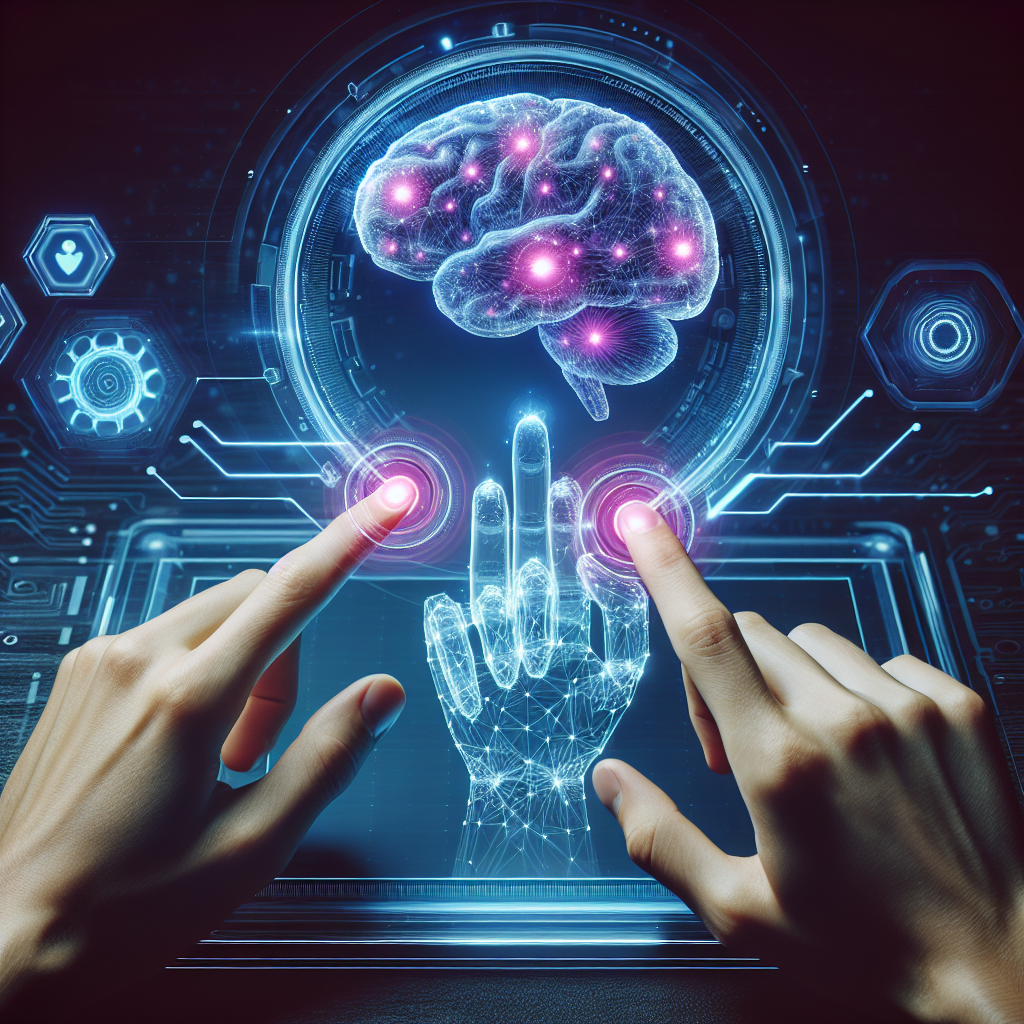Artificial General Intelligence (AGI) is a concept that has long been the subject of science fiction and speculation. The idea of creating a machine that can think and reason like a human has captured the imagination of researchers and technology enthusiasts for decades. And now, with recent advancements in artificial intelligence technology, AGI is no longer just a distant dream – it is becoming a reality.
AGI, also known as strong AI, is a type of artificial intelligence that possesses the ability to understand and learn any intellectual task that a human being can. Unlike narrow artificial intelligence, which is designed to perform specific tasks, AGI has the potential to learn and adapt to new tasks and challenges, just like a human brain.
The development of AGI has the potential to revolutionize how we interact with technology in a multitude of ways. From creating more advanced virtual assistants and chatbots to revolutionizing industries such as healthcare, finance, and transportation, the possibilities of AGI are endless. In this article, we will delve into the world of AGI and explore how this technology is changing the way we think about artificial intelligence.
The History of AGI
The concept of AGI dates back to the early days of artificial intelligence research in the 1950s and 1960s. Researchers such as Alan Turing, Marvin Minsky, and John McCarthy laid the groundwork for the development of AGI by exploring the idea of creating machines that could think and reason like humans.
One of the first attempts to create an AGI system was the General Problem Solver (GPS), developed by Herbert Simon and Allen Newell in the late 1950s. The GPS was a computer program that could solve a wide range of problems by applying a set of rules and heuristics, much like a human would.
In the decades that followed, researchers continued to push the boundaries of artificial intelligence, developing more advanced algorithms and techniques for creating intelligent machines. The advent of machine learning and deep learning in the 21st century has brought us closer than ever to achieving true AGI.
Today, companies such as OpenAI, DeepMind, and IBM are at the forefront of AGI research, developing cutting-edge algorithms and technologies that are bringing us closer to creating machines that can think and learn like humans.
How AGI is Revolutionizing Technology
The development of AGI has the potential to revolutionize how we interact with technology in a wide range of ways. Here are just a few of the ways that AGI is changing the landscape of artificial intelligence:
1. Personalized Virtual Assistants: AGI has the potential to create virtual assistants that are not only more intelligent but also more personalized. These assistants could learn from our interactions with them and tailor their responses to our individual preferences and needs.
2. Healthcare: AGI can revolutionize the healthcare industry by helping doctors diagnose diseases more accurately and quickly, as well as by developing personalized treatment plans for patients based on their individual health data.
3. Finance: AGI can be used to analyze financial data and make investment decisions more efficiently and accurately. It can also help detect fraud and other financial crimes by analyzing patterns and anomalies in large datasets.
4. Transportation: AGI can revolutionize the way we travel by creating more intelligent autonomous vehicles that can navigate complex environments and make split-second decisions to avoid accidents.
5. Education: AGI can personalize education by creating custom learning plans for students based on their individual strengths and weaknesses. It can also provide real-time feedback and support to help students learn more effectively.
FAQs about AGI
Q: What is the difference between AGI and narrow AI?
A: AGI is a type of artificial intelligence that possesses the ability to understand and learn any intellectual task that a human can. Narrow AI, on the other hand, is designed to perform specific tasks, such as image recognition or natural language processing.
Q: How close are we to achieving AGI?
A: While we have made significant advancements in artificial intelligence in recent years, true AGI is still a long way off. Researchers are constantly working to improve algorithms and technologies to bring us closer to achieving AGI, but there are still many challenges to overcome.
Q: What are the ethical implications of AGI?
A: The development of AGI raises a number of ethical concerns, such as the potential for job displacement, privacy issues, and the impact on society as a whole. It is important for researchers and policymakers to consider these ethical implications as they continue to develop AGI technologies.
Q: How can I learn more about AGI?
A: There are many resources available for learning more about AGI, including books, online courses, and research papers. Organizations such as OpenAI and DeepMind also provide updates and information on the latest developments in AGI research.
In conclusion, AGI has the potential to revolutionize how we interact with technology in a multitude of ways. From creating more personalized virtual assistants to revolutionizing industries such as healthcare, finance, and transportation, the possibilities of AGI are endless. While there are still many challenges to overcome, the development of AGI is an exciting and promising field of research that has the potential to change the world as we know it.

